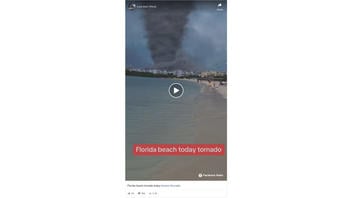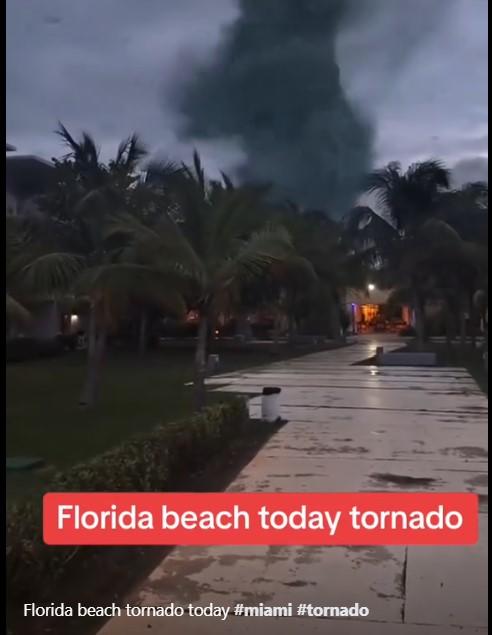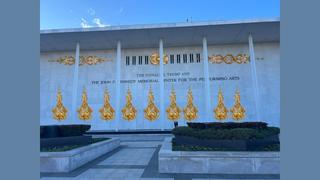
Does a video show authentic footage of a tornado hitting a Florida beach, or Miami, on July 7, 2024? No, that's not true: National Weather Service records did not document any such extreme weather in the entire state of Florida on July 7, 2024. The footage is a combination of digitally created clips and recycled clips from unrelated true events. Dramatic audio was added to amplify its shock effect.
The claim appeared in a Facebook reel on July 7, 2024. It began:
Florida beach today tornado #miami #tornado
This is what the post looked like on Facebook at the time of writing:
(Source: Facebook screenshot taken on Tue Jul 9 13:12:06 2024 UTC)
The National Weather Service (NWS) did not report any tornado activity in Miami on July 7, 2024. As of July 9, 2024, NWS maps (archived here) had not yet registered a single tornado in July in all of Florida.
A reverse image search reveals that the first clip, shown in the above screenshot, has been reused in many such video compilations attributing it as happening in Dubai and Japan, for example, and as part of a New York City earthquake, with some versions horizontally flipped. The part where people are rushing out of a store is also not new. A reverse image search reveals that the clip has been circulating since at least June 18, 2024, appearing in multiple similar tornado compilations, said to be in California, Texas and other places. The footage is sometimes flipped horizontally (archived here), and in some cases sped up (archived here).
Dramatic audio with sirens, lightning and screams was added to ramp up the shock effect. This can be observed by the uninterrupted identical sounds transferred from clip to clip displaying completely different footage, such as from a city to a rural area. Lightning strike sounds are heard even though there is no thunderstorm. Identical audio clips of cars honking, people screaming and thunder play repeatedly.
This type of video compilation uses previous extreme weather, panic-inducing or crisis events, sometimes accompanied by computer-generated images and added layers of audio for increased dramatic effect passed off as current and authentic to provoke strong reactions and user engagement. Individuals who create or simply reshare these deceptive video compilations often horizontally flip, modify play speed and even play them backwards to deliberately make their origins more difficult to trace while simultaneously making them look more severe than reality.
More fact checks of misattributed extreme weather footage by Lead Stories can be found here, here and here.
At the time of this writing, PolitiFact had reviewed the same claim.















